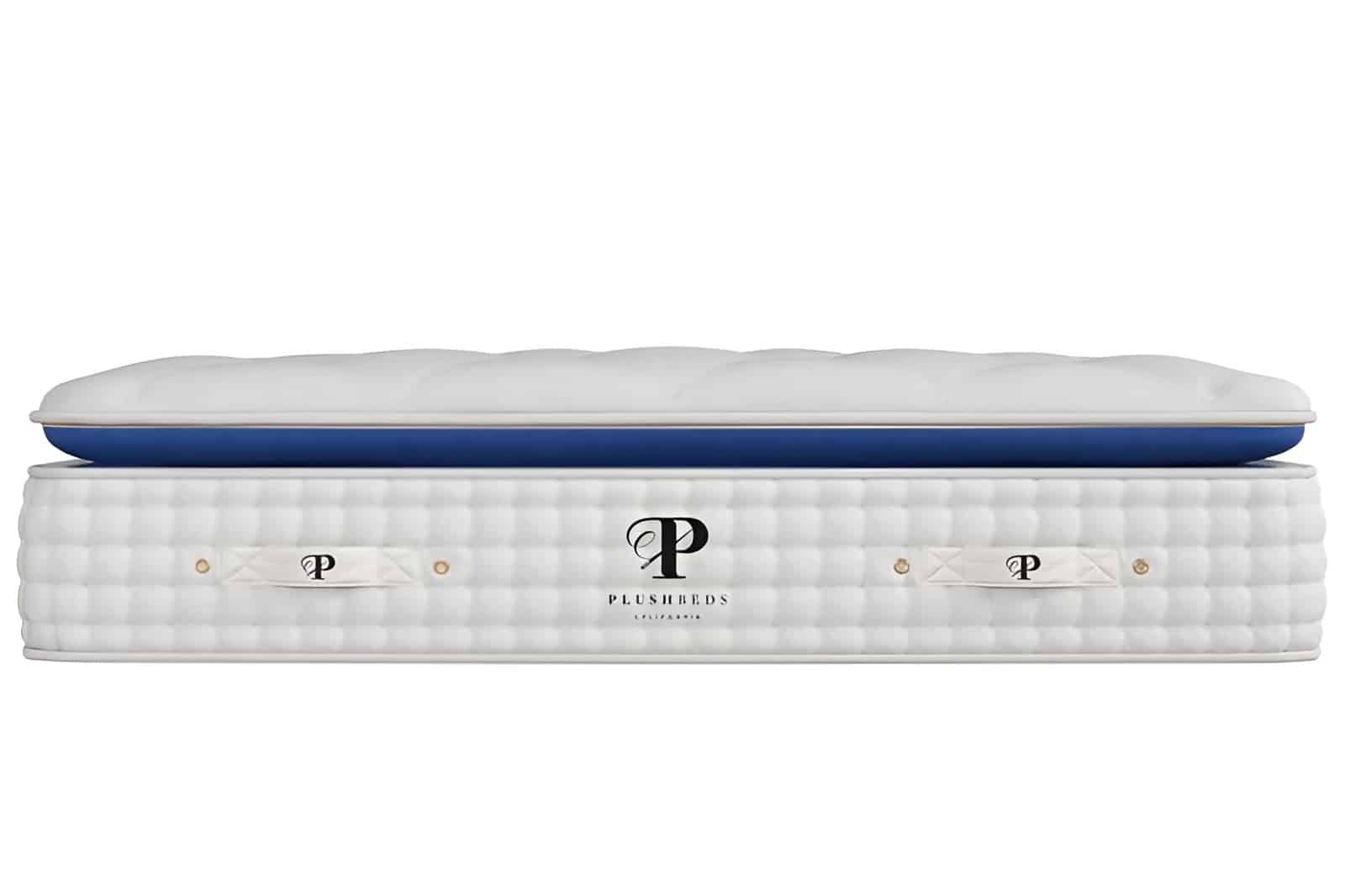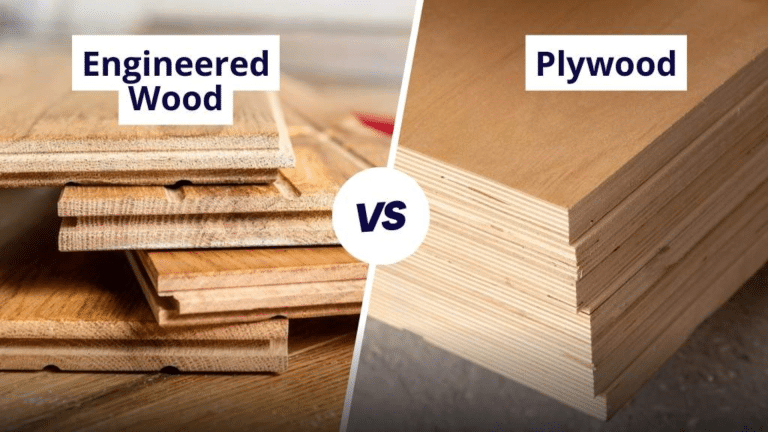Is Memory Foam Mattress Really the Best of All?
Every bedroom story has a lead character. For many shoppers, the soft hug of foam takes the spotlight. People praise the calm feel, the pressure relief, and the quiet nights. Couples enjoy fewer wake-ups.
Side sleepers feel a gentle cradle at the shoulder and hip. New builds try to keep heat in check with airy covers and smarter foam mixes.
Still, no one mattress suits everybody. Your size, sleep style, room climate, and base all matter. The best bed helps your spine rest in a straight line and keeps you cool enough to stay asleep.
I have written this article so that in the next sections, you will see what this material does well, where it struggles, and how it stacks up with other types. Then you can judge if it is the real hero for you.
Why so many people love it
First, look at the perks that make fans out of first time buyers and even people who never thought it would be a good choice. A memory foam mattress molds to your shape and spreads your weight across a wider area. As a result, tense spots at the shoulder, hip, and lower back can ease.
Quick wins you can feel:
- Strong pressure relief on curves and joints
- Very low motion transfer for light sleepers and couples
- A calm, close-to-body feel that many find soothing
How it works
This foam is viscoelastic. That means it responds to your body heat and to pressure. When you lie down, billions of tiny cells soften under you. They hold a new shape for a moment, then go back when you move. The slow response creates that famous gentle hug.
Foam quality matters. Density helps predict support and life span. Medium densities often suit most bodies since they blend cushion with hold. Very soft foam can feel plush on day one, yet it may let heavier hips sink too far. Very firm foam can feel flat and raise pressure on the shoulders and knees. Breathable knit covers and open-cell designs help air move, so the surface feels less warm.
Who benefits the most
This style can be a match for many sleepers. These groups tend to get the best results:
- Side sleepers who need deep pressure relief at the shoulder and hip
- Back sleepers who like gentle support that fills the curve of the lower back
- Couples who want less motion and a quiet surface
- Light sleepers who wake when a partner turns
- People with allergies who want a smooth, easy-to-clean top
If you sleep on your stomach most nights, a firmer feel can keep your hips level. Very hot sleepers may prefer a design that moves more air through the core.
Where it can fall short
No mattress is perfect. Some people feel warm because the foam hugs the body and slows airflow near the skin. Makers add airy covers, cut channels, and special infusions to help. These touches can improve first-touch comfort.
True cooling still depends on sheets, room air, and your base. Edge feel can be softer than beds with springs. That is not ideal if you sit on the side to dress. Some people also miss bounce when they change positions. A new foam smell can show up at first. Let the bed air out in a bright, well-ventilated room before use.
Fast watch-outs:
- Warm sleep for very hot sleepers
- Softer edges on many all-foam builds
- Less bounce for quick position changes
- New foam smell that fades with time
How it stacks up to other types
Seeing the contrasts makes the choice easier. Here is a simple view of three common builds.
Latex
- Feel: Buoyant and lively with a quick rebound
- Support: Great for spinal alignment when you pick the right firmness
- Best for: Hot sleepers and people who move a lot at night
- Trade off: A different feel than the slow hug, often at a higher price
Hybrid
- Feel: A coil core for lift with foam layers for cushion
- Support: Strong edges and better airflow because air moves around the coils
- Best for: Sleepers who want some bounce without too much motion
- Trade off: Heavier build and a bit more motion than all-foam
Innerspring
- Feel: Classic, springy support with a thinner comfort layer on top
- Support: Firm edges and easy movement across the surface
- Best for: Stomach sleepers and people who like a cooler surface
- Trade off: Less pressure relief unless the top layer is thick and soft
Pick to match your needs. Choose this foam if you love deep pressure relief and quiet nights. Choose latex or a hybrid if you want more bounce and a cooler touch.
Conclusion
Here is a fair take. This foam shines for pressure relief and calm sleep. It helps many side sleepers and back sleepers find a sweet spot for the spine. It also cuts partner disturbance, which is a gift for light sleepers in small rooms. Yet it is not a one size fits all winner.
Very hot sleepers, strict stomach sleepers, and people who enjoy a springy feel may be happier with latex or a hybrid. In short, the real hero is the bed that fits your body, your habits, and your space. If this foam checks those boxes for you, enjoy the cozy, quiet nights. If it does not, you still win by choosing what your body needs most.







